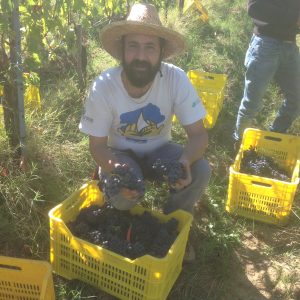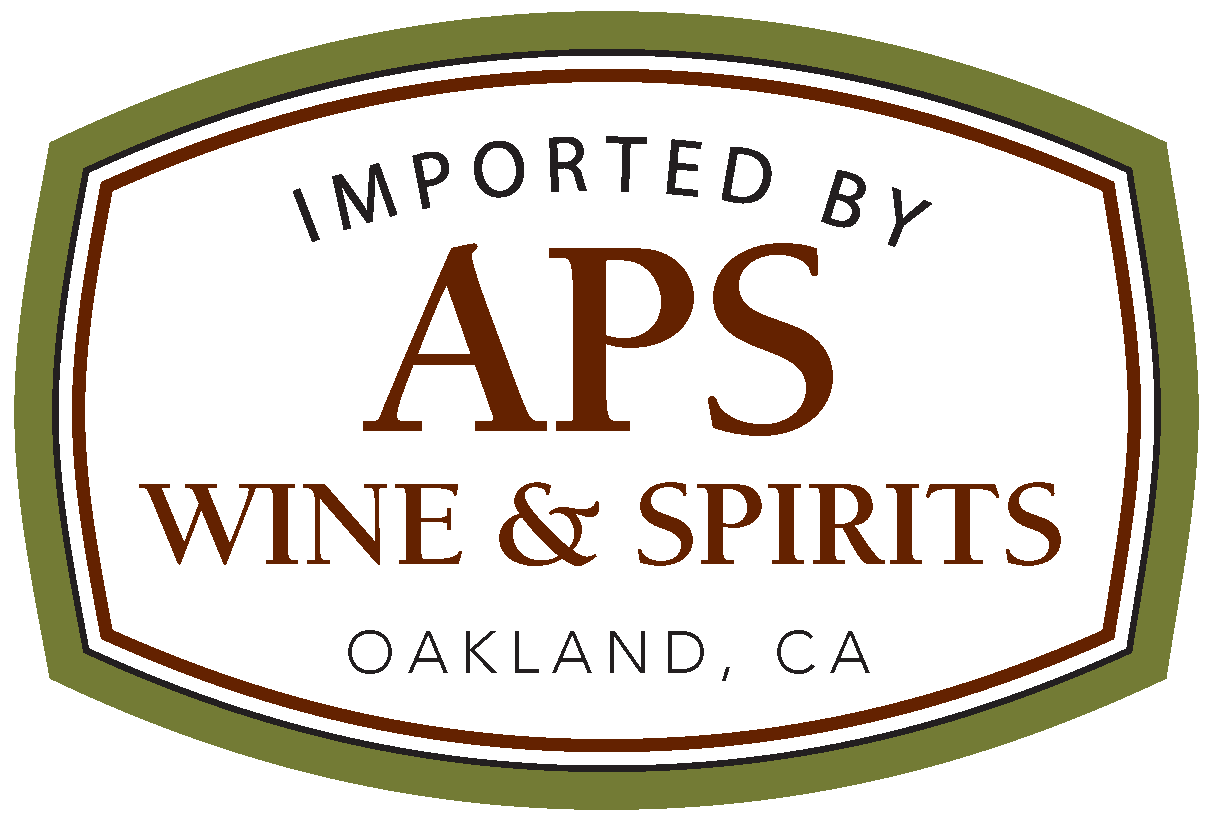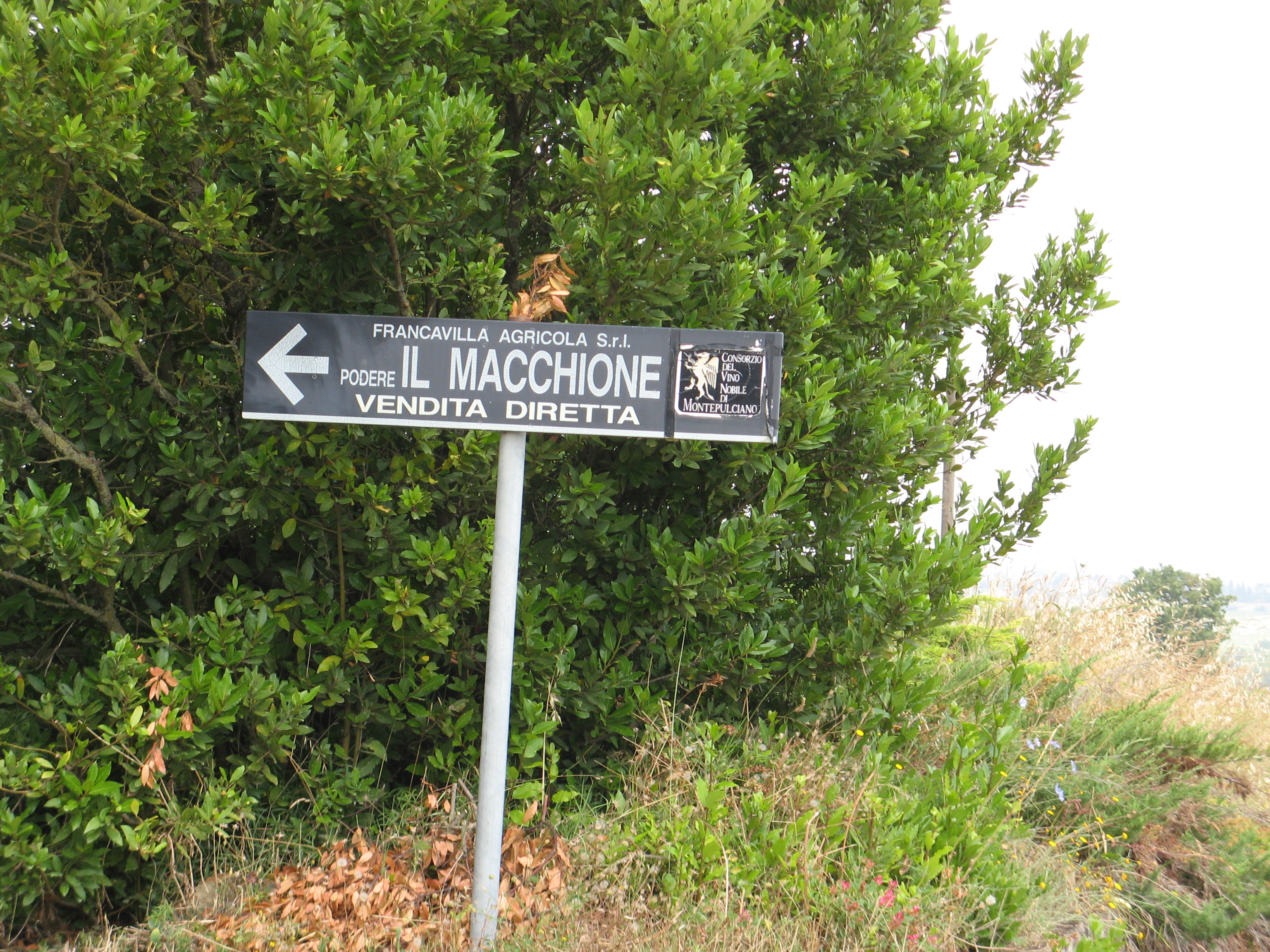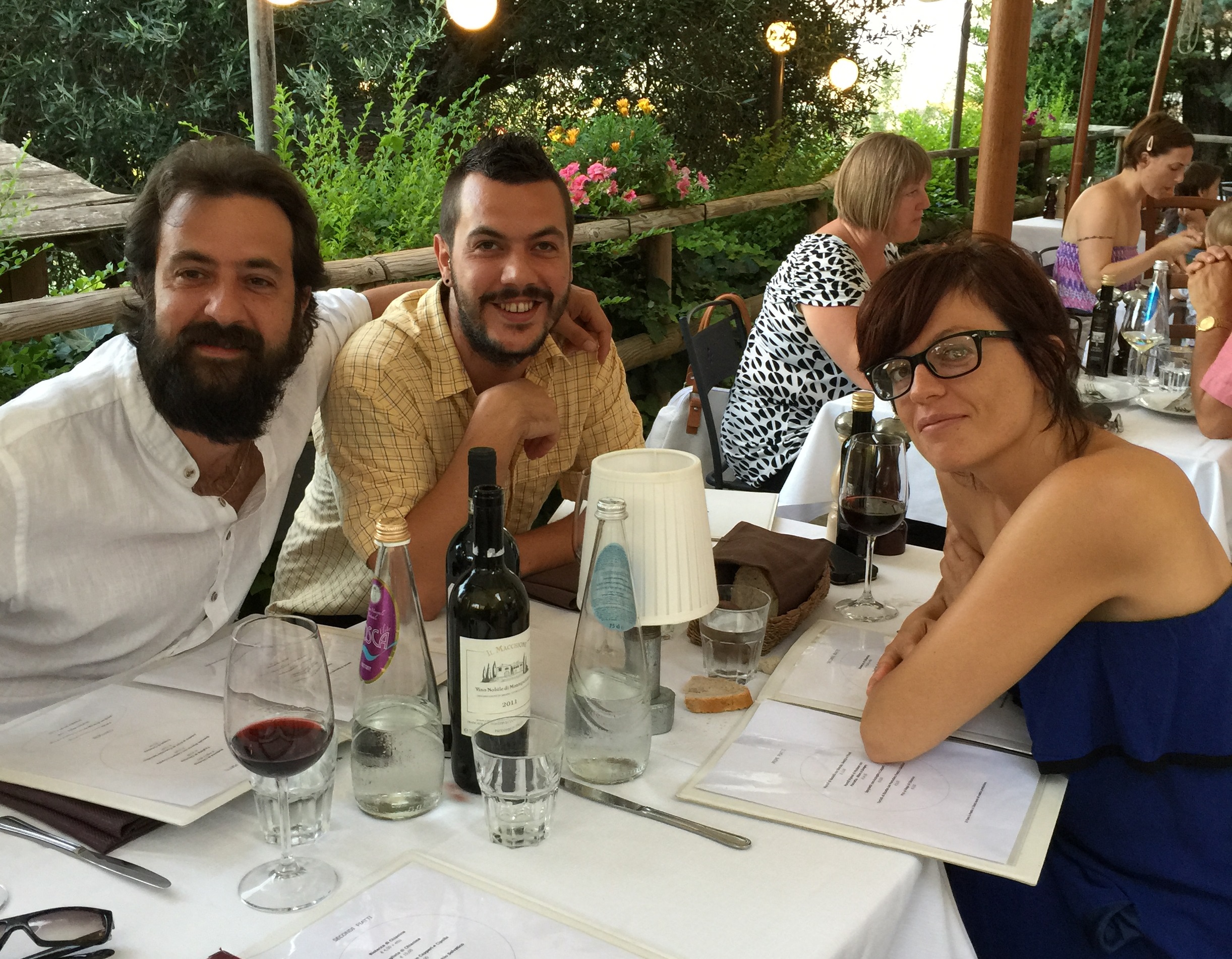WHY WE CALL THIS PLACE
“THE MACCH DADDY”
I’m not one who likes to abbreviate texts. I prefer to spell-out the “y-o-u,” instead of using the peculiar “u.” The less we abbreviate, the more valuable our abbreviations become, the “OG,” the “FYI,” and the indispensable, “WTF.” Whether your “Mac” or “Mack” makes you think of Kris Kross, Sir Mix-a-Lot, or pure slang, I spell mine “Macch”… and it reminds me of powerhouse, delicious, every taste of-the-way Sangiovese. Athletically lean and charged, Il Macchione would have Brunello lovers fooled. When comparing history, Montepulciano trumps Montalcino by 500 years+ (political archives document winemaking in Montepulciano during the mid-14th century and Etruscan archaeological sites indicate the area’s winemaking traceable back to the 5th century BC). Confident, rather than arrogant, the title “Nobile” was added in the 18th century to honor the superior taste of the wine, fit for the tables of nobility. In the 19th century, while the Biondi-Santi family was perfecting Brunello, Francesco Redi’s poem Bacchus in Tuscany was published (written in 17th century) and proclaimed that Vino Nobile di Montepulciano was the “King of all wines.” Historical admirers include, Martin Van Buren, Thomas Jefferson and French writer, Voltaire. Naturally, it was Italy’s first region to receive the D.O.C.G designation, followed by Brunello di Montalcino, Barolo and Barbaresco (1980). The wines of Il Macchione are not just for the Italian restaurants in New York City, our friends in Montana, or the deep cellars of California, they are for the patrons of history and the gatekeepers of culture.
The Il Macchione estate was purchased by a wine enthusiast and Swiss dentist (Robert Kengelbacher) in the early 1980s. He traveled the world in pursuit of great wine and dreamed of having an estate that would satisfy his top-notch vinous expectation. He chose Il Macchione (the name refers to the farmhouse) because of its location, a worthy 30-minute detour northwest of the town of Montepulciano in the Caggiole valley. Caggiole is one of the smallest sub-regions of the appellation, carved-out by its unique terroir: hillside terrain with chunks of marine fossils and sandstone and an average altitude of 350 meters. The combination of well-drained hillsides with marine fossils and sandstone gives Sangiovese wines with intense perfume and magnetism. Without children to take-over the forthcoming legacy, Mr. K was quietly looking to sell the winery at the same time the Abram brothers were looking to buy one. Hailing from Trentino, Leonardo and Simone Abram, hunted, by word-of-mouth, for the special place where they could vanish into the land and its grapevine, something hidden and private (they abstain from tours and tastings). Leonardo is the introverted vineyard manager and winemaker while his brother, Simone, is the scholarly Renaissance man who directs the operation. The seamless transition from Mr. K to Simone and Leonardo Abram happened in 2007; the first vintage made by Leonardo was 2008.
How do you take something great and make it better? One of the defining changes was the Abrams’ decision to rip-out all of the Merlot vines, committing the land, the wines, and themselves to 100% Prugnolo Gentile. Like those who believe biodynamic farming is the only way, Simone and Abram are equally fanatical about the healthcare of their vines. The soil is fertilized annually with green manure, deposited in alternate rows with the addition of organic fertilizer as needed. The soil is deeply tilled, the vines are never exposed to herbicides or synthetic products and minimal treatments are copper and sulfur based. Their goal is to increase the plant’s intrinsic defense system in order to minimize human hand intervention. Unlike their fellow farmers in Montepulciano, the Abrams do not flirt with international grapes. They are Prugnolo Gentile’s greatest benefactor and produce two wines, Il Macchione and Il Macchione Riserva. And just to clarify, for those who confuse Il Macchione with another similar-sounding estate, we are not in Bolgheri.

In the words of Slow Wine: “This exciting Montepulciano winery came into being in 2005, when brothers Simone and Leonardo Abram descended from Trentino and decided to invest their future in a six-hectare (14 acres) plot in the Caggiole district, excellent for winemaking. Their eco-awareness soon convinced them of the wisdom of adopting a sustainable form of high-standard viticulture that came up trumps immediately.” Il Macchione nestles among the hills on the road that leads to Montepulciano. The vineyards surround the cellar in a position that not only ensures constant air circulation, but also allows the vines to rest on a number of different geological formations. At the top the clay loam is peppered with pebbles, at the bottom the soil is looser and rich in fossils. This combination of position and soil makes Il Macchione one of the best locations in Tuscany in which to cultivate and raise Sangiovese.
This year, Slow Wine once again recognized the Il Macchione Vino Nobile di Montepulciano as one of their very top Tuscan wines saying: “Nobile di Montepulciano 2019 has blossom and citrus fruits on the nose with a light, juicy palate. A sumptuous interpretation of the denomination of a Great Wine.”
You may already know that in 2020 the new “Pieve” wines of Montepulciano will be introduced. The word means “parish” and the designation is based on the 12 historically finest vineyards of the appellation of which Caggiole is one.
Vinous put the new Pieve designation in clear perspective: “By law, Vino Nobile is required to be only 70% of Sangiovese, with the remaining 30% composed of regional and international grapes. For many years (just as we once witnessed in Chianti Classico), that 30% often contained Cabernet Sauvignon, Merlot or Syrah, which masked the varietal character of Sangiovese entirely in the finished wines. In addition, the overuse of small barrels and new oak into the mix resulted in a Sangiovese “based” wine that could have come from nearly anywhere in Italy.”
Under the new rules, Pieve wines must be a minimum of 85% Prugnolo Gentile with 36 months aging. Well, from their earliest days at Il Macchione, Simone and Leonardo Abram have been Prugnolo Gentile purists. The first thing they did was rip out any Merlot and plant the entire property to Prugnolo Gentile. Almost needless to say, they have always aged their wines for more than 36 months. Thus, the Pieve designation is nothing new at Il Macchione. They just wonder what took so long for everyone else to catch up. Pieve before Pieve was even a thing, Il Macchione is the benchmark for Caggiole Vino Nobile di Montepulciano.





